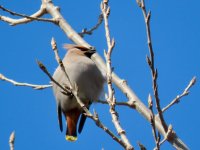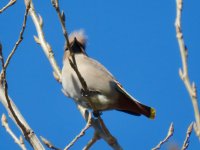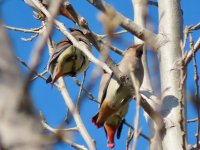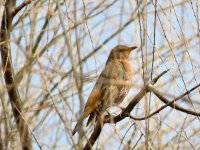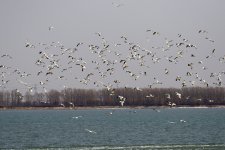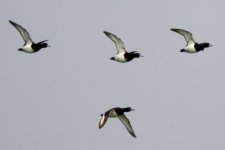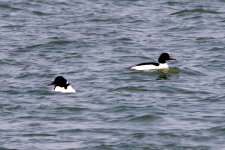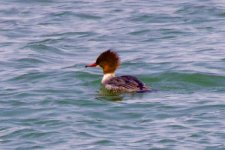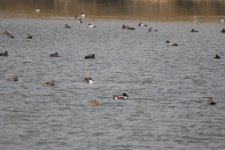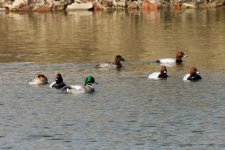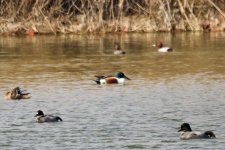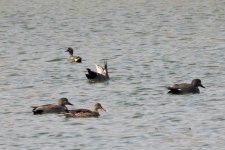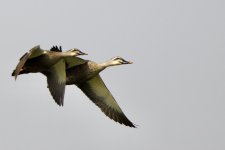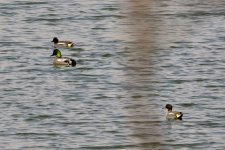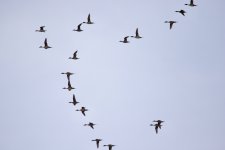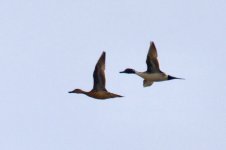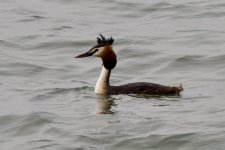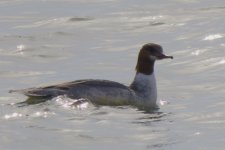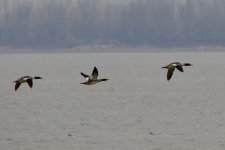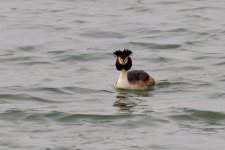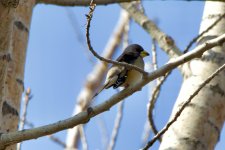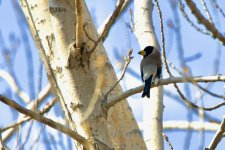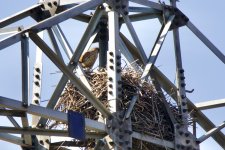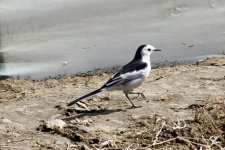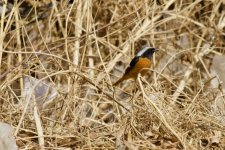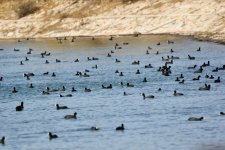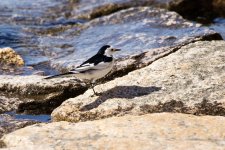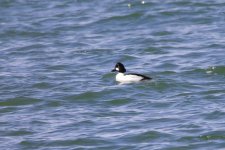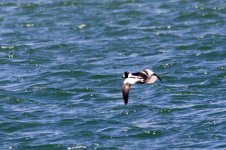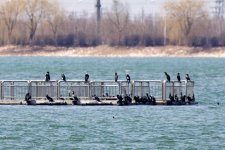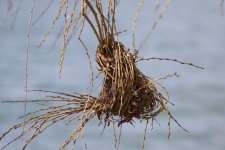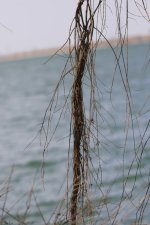March-31
Seeing that some great results were being reported for Yingkou, I decided to check on the little fishing harbor at Erjigo, which is just across the mouth of the Daliao river from Yingkou. There was a very high tide and it would still be receding when I arrived and Erjigo is one of the few places where one can not only consistently find Saunder's Gull, but actually get quite close to them for photos. There are huge mud flats exposed at low tide, so always a good chance at finding some good birds. It is possible to get there via bus transfers, but to my surprise my very frugal wife decided to get a taxi. Through family connections we we are able to call in and there is usually a driver who will take what I consider a low fee to ferry us around for half a day or so and at least taxi drivers generally don't get lost.
It was a good call as though there were not any huge flocks as have been reported lately, the mix was nice and both my wife an driver were impressed enough to take over my binoculars and my wife even started spotting and pointing things out for me to photo.
Although some gulls could be heard, a few
Kentish Plover were all there was to be seen as we first walked up to the water's edge, but handing my wife the binoculars to view the little fellows was were I lost control of them as she was delighted at the colors.
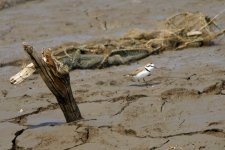
As soon as we reached the harbor itself we found the
Saunder's Gull at their favorite spot on the mud. Besides the visual clues, they have a very distinctive call, an
eek, rather quiet compared to other gulls.
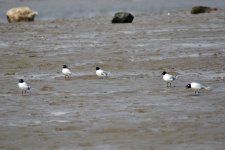
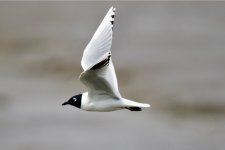
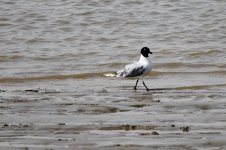
A few
Black-Headed Gull were also about and small numbers of
Mongolian Gull were to be spotted staying well away from the shoreline.
Pied Avocet were the next to attract attention as they foraged the mud at the very edge of the water. A very few
Dunlin not only were mixed in, but seemed to be actively sticking close to the Avocet who were up on the mud itself.
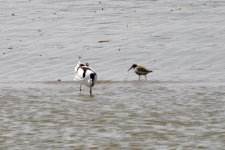
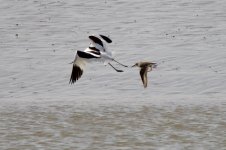
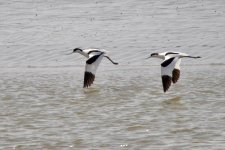
At about this point one of the Saunder's Gull decided that I was too close to their area and after making a couple of low warning passes it actually made one where it smacked me on the head. Luckily I was wearing my Stetson, so no harm done.
Next up on the wife's excited, "picture - picture!" orders while pointing at what she had spotted in the bins, were some
Eurasian Oystercatcher. The bright colored bill and feet where the feature exciting both her and our driver. I got a good shot of one looking back at us with a look conveying something like, "What is wrong with those people?"
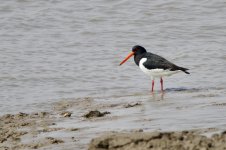
At the end of the day my wife proclaimed the
Common Shelduck that came flying in at about this time to be her favorite. One even struck a pose for me as I grabbed some photos.
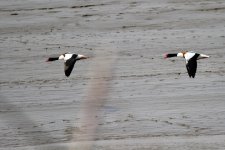
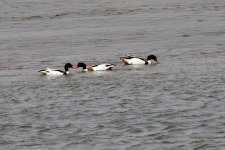
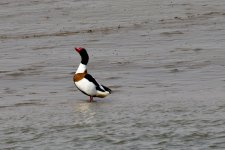
Both
Eurasian and Far Eastern Curlew were scattered thinly and fairly evenly across the mudflats. Most were too far out to be sure of species, but I extrapolated from the from the closer in ones in flight to arrive at a probable 15 Eurasian and 35 Far Eastern in sight.
In addition, the very long range photo of what I could only ID as ducks, revealed enough on close inspection to be 23
Garganey resting on the exposed mud far out from shore.
On my way out I spotted 2
Common Redshank working along the banks right up next to the fishing boats.
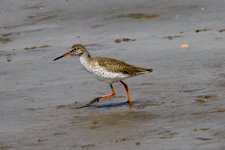
Panjin, Erjiegou Fishing Harbor, Liaoning, CN
Mar 31, 2021 11:15 AM - 1:00 PM
Protocol: Traveling
2.0 kilometer(s)
12 species
Common Shelduck (Tadorna tadorna) 25
Garganey (Spatula querquedula) 23
Pied Avocet (Recurvirostra avosetta) 10
Eurasian Oystercatcher (Haematopus ostralegus) 20
Kentish Plover (Charadrius alexandrinus) 5
Far Eastern Curlew (Numenius madagascariensis) 25
Eurasian Curlew (Numenius arquata) 15
Dunlin (Calidris alpina) 5
Common Redshank (Tringa totanus) 2
Saunders's Gull (Saundersilarus saundersi) 50
Black-headed Gull (Chroicocephalus ridibundus) 15
Herring Gull (Mongolian) (Larus argentatus mongolicus) 10

 Since then I've split my time about 50/50 up until travel became inadvisable.
Since then I've split my time about 50/50 up until travel became inadvisable.



